Home>Furniture & Design>Interior Design Trends>How To Polish Glass
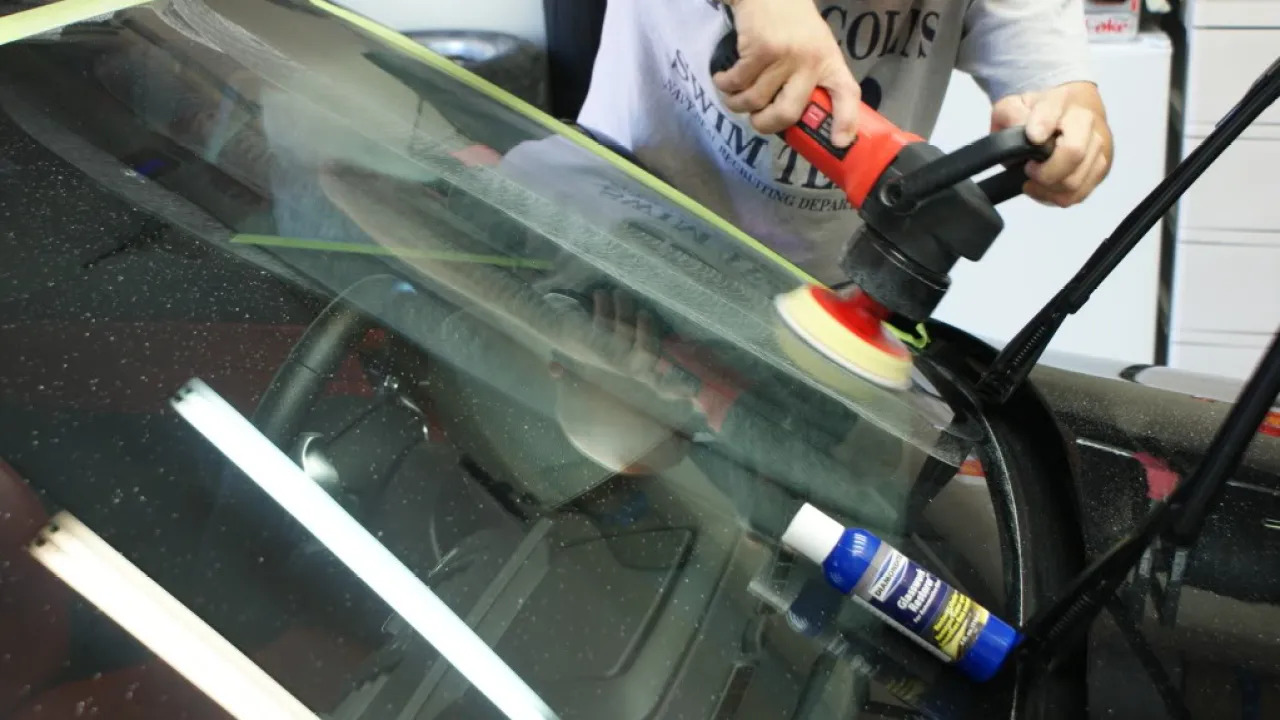

Interior Design Trends
How To Polish Glass
Published: February 2, 2024
Learn how to polish glass and keep up with the latest interior design trends. Discover expert tips and techniques for achieving a flawless finish. Elevate your space with polished glass accents!
(Many of the links in this article redirect to a specific reviewed product. Your purchase of these products through affiliate links helps to generate commission for Storables.com, at no extra cost. Learn more)
Introduction
Glass, with its timeless elegance and versatility, has been a staple in interior design for centuries. Whether it's the sleek surface of a coffee table, the pristine panels of a shower enclosure, or the glistening windows that invite natural light into our homes, glass adds a touch of sophistication to any space. However, over time, even the most exquisite glass surfaces can lose their luster due to scratches, water stains, or general wear and tear. This is where the art of glass polishing comes into play.
Polishing glass is a meticulous process that involves restoring the clarity and smoothness of the surface, bringing back its original brilliance. By removing imperfections and creating a flawless finish, glass polishing rejuvenates the aesthetic appeal of glass elements, breathing new life into the overall ambiance of a room.
Whether you're a seasoned DIY enthusiast or a newcomer to the world of home maintenance, learning how to polish glass can be a rewarding skill. Not only does it allow you to preserve the beauty of your glass furnishings, but it also provides a sense of accomplishment as you witness the transformation from dull to dazzling.
In the following sections, we will delve into the fundamentals of glass polishing, explore the essential tools and materials required for the task, and provide a comprehensive step-by-step guide to help you master the art of glass polishing. Additionally, we will share valuable tips for maintaining the polished glass, ensuring that your efforts yield long-lasting results.
Embark on this journey with an open mind and a willingness to embrace the intricacies of glass polishing. As we unravel the techniques and insights, you'll gain a deeper appreciation for the artistry involved in revitalizing glass surfaces, ultimately enhancing the aesthetic allure of your living spaces. Let's embark on this enlightening expedition into the world of glass polishing, where craftsmanship meets creativity to unveil the true potential of glass.
Key Takeaways:
- Glass polishing is a meticulous process that restores the brilliance and clarity of glass surfaces, enhancing the aesthetic appeal of living spaces while preventing structural issues.
- To maintain polished glass, regular cleaning with gentle solutions, using soft materials, and implementing protective measures can prolong the lustrous allure of glass elements in your home.
Read more: How To Polish Glassware
Understanding the Basics of Glass Polishing
Glass polishing is a meticulous process that involves restoring the clarity and smoothness of glass surfaces, effectively eliminating imperfections such as scratches, water stains, and dullness. Understanding the basics of glass polishing is essential for achieving optimal results and preserving the pristine appearance of glass elements in your home.
At its core, glass polishing revolves around the concept of abrasion. By using abrasive materials and techniques, the goal is to remove the outermost layer of the glass, which may be marred by blemishes or irregularities. This process requires precision and patience, as the objective is not only to eliminate imperfections but also to create a uniform and flawless finish.
One of the key principles of glass polishing is the utilization of progressively finer abrasives. This gradual refinement ensures that the surface imperfections are gradually smoothed out, leading to a polished and reflective appearance. Additionally, understanding the composition of glass is crucial, as different types of glass may require specific polishing methods and materials to achieve optimal results.
Moreover, it's important to recognize that glass polishing is not solely about aesthetics; it also contributes to the structural integrity of the glass. By addressing minor imperfections early on through polishing, you can prevent them from developing into larger issues that compromise the integrity of the glass.
Furthermore, understanding the basics of glass polishing involves recognizing the importance of proper technique and consistent pressure during the polishing process. This ensures that the glass is polished evenly, avoiding uneven surfaces or distortions that may detract from its visual appeal.
In essence, mastering the basics of glass polishing entails a deep understanding of the properties of glass, the principles of abrasion, and the significance of precision and technique. By delving into these fundamental aspects, you'll be well-equipped to embark on the journey of revitalizing glass surfaces with confidence and proficiency.
Tools and Materials Needed
When embarking on the endeavor of glass polishing, having the right tools and materials at your disposal is paramount to achieving exceptional results. The following list encompasses the essential items required to undertake the art of glass polishing with precision and finesse:
1. Glass Cleaner:
Before commencing the polishing process, it is crucial to ensure that the glass surface is free from dust, grime, and any other contaminants. A high-quality glass cleaner will facilitate the initial cleaning, preparing the surface for the subsequent polishing steps.
2. Lint-Free Cloths or Microfiber Towels:
These soft, non-abrasive cloths are indispensable for wiping and drying the glass surface. They help in achieving a streak-free finish and prevent lint or fibers from marring the polished surface.
Read more: How To Polish A Bathtub
3. Glass Polishing Compound:
A specialized glass polishing compound is designed to effectively remove minor scratches, water stains, and blemishes from glass surfaces. It is available in various abrasive levels, catering to different degrees of imperfections.
4. Polishing Pads or Buffing Wheels:
Utilizing the appropriate polishing pads or buffing wheels is essential for evenly applying the polishing compound onto the glass surface. These tools aid in distributing the abrasive compound and achieving a uniform polishing action.
5. Electric Polisher or Buffer:
An electric polisher or buffer can expedite the polishing process, particularly for larger glass surfaces. It provides consistent and controlled movement, reducing the effort required for manual polishing while ensuring an even application of the polishing compound.
6. Protective Gear:
Given the abrasive nature of the polishing compound, wearing protective gear such as gloves and safety goggles is advisable to safeguard against any potential contact with the compound and to protect your hands and eyes during the polishing process.
Read more: How To Polish Wooden Furniture
7. Water Spray Bottle:
A water spray bottle is useful for maintaining a lubricated surface during the polishing process. Spraying a fine mist of water onto the glass surface helps to prevent overheating and ensures a smoother polishing action.
8. Rubbing Alcohol:
Rubbing alcohol is effective for removing any residual polishing compound or cleaner from the glass surface, leaving it pristine and ready to showcase its renewed brilliance.
By assembling these essential tools and materials, you are equipped to embark on the journey of glass polishing with confidence and precision. Each item plays a crucial role in the meticulous process of revitalizing glass surfaces, ensuring that the end result is a testament to your dedication and craftsmanship.
Step-by-Step Guide to Polishing Glass
-
Prepare the Glass Surface: Begin by thoroughly cleaning the glass surface using a high-quality glass cleaner and lint-free cloths. Ensure that all dust, grime, and contaminants are removed to create a pristine starting point for the polishing process.
-
Apply the Glass Polishing Compound: Using a polishing pad or buffing wheel, apply a small amount of the glass polishing compound to the glass surface. It is essential to start with a small area to gauge the effectiveness of the compound and adjust the pressure and speed accordingly.
-
Polish in Circular Motions: With the electric polisher or buffer set at a low to medium speed, begin polishing the glass surface in circular motions. Apply consistent pressure to ensure even distribution of the polishing compound and focus on areas with visible imperfections.
-
Maintain a Lubricated Surface: To prevent overheating and facilitate a smoother polishing action, periodically spray a fine mist of water onto the glass surface using a water spray bottle. This helps to maintain a lubricated surface and enhances the effectiveness of the polishing process.
-
Monitor the Progress: As you continue polishing, monitor the progress closely to assess the diminishing of scratches, water stains, or other imperfections. Adjust the pressure, speed, and application of the polishing compound as needed to achieve a uniform and polished finish.
-
Repeat as Necessary: For persistent imperfections, repeat the polishing process with a finer abrasive compound to further refine the glass surface. Gradually progress to finer compounds until the desired level of clarity and smoothness is achieved.
-
Clean and Inspect the Polished Surface: Once the polishing process is complete, use rubbing alcohol and a lint-free cloth to thoroughly clean the glass surface, removing any residual polishing compound or cleaner. Inspect the surface under different lighting conditions to ensure a flawless and reflective finish.
-
Final Touches: After the glass surface is polished to perfection, admire the renewed brilliance and clarity it exudes. Take pride in the meticulous effort invested in revitalizing the glass, and revel in the transformative impact it has on the overall aesthetic of the space.
By following this step-by-step guide to glass polishing, you can elevate the allure of glass elements in your home, infusing them with a renewed radiance that captivates the eye and enhances the ambiance of your living spaces.
Tips for Maintaining the Polished Glass
Maintaining the pristine appearance of polished glass is essential to prolong its lustrous allure and preserve the visual impact it brings to your living spaces. By implementing the following tips, you can ensure that the polished glass surfaces retain their brilliance and clarity for an extended period, allowing you to revel in the timeless elegance they exude.
-
Regular Cleaning: Establish a routine for regular cleaning of polished glass surfaces using a gentle glass cleaner and lint-free cloths. This practice helps prevent the accumulation of dust, fingerprints, and smudges, preserving the reflective quality of the glass.
-
Avoid Abrasive Cleaners: When cleaning polished glass, refrain from using abrasive cleaners or harsh chemicals that can compromise the integrity of the polished surface. Opt for mild, non-abrasive cleaning solutions to maintain the pristine finish of the glass.
-
Use Soft Materials: When drying the polished glass, utilize soft materials such as microfiber towels to prevent scratching or marring the surface. Gentle, non-abrasive drying materials contribute to sustaining the flawless appearance of the polished glass.
-
Protective Measures: Consider applying a specialized glass sealant or protective coating to the polished surface to enhance its resistance to water spots, stains, and environmental factors. These protective measures can prolong the longevity of the polished finish.
-
Preventive Maintenance: Address minor blemishes or scratches promptly to prevent them from escalating into more significant issues that necessitate extensive polishing. Regularly inspect the polished glass surfaces and attend to any imperfections in a timely manner.
-
Avoid Impact and Abrasion: Exercise caution to prevent impact or abrasion on polished glass surfaces. Be mindful of sharp objects or abrasive materials that may come into contact with the glass, as they can compromise the polished finish.
-
Optimal Environmental Conditions: Maintain optimal environmental conditions to safeguard the polished glass. Control humidity levels to prevent water spots and ensure adequate ventilation to minimize the accumulation of airborne particles on the glass surfaces.
-
Professional Maintenance: For larger or intricate glass installations, consider engaging professional glass maintenance services periodically. Professional maintenance can include specialized cleaning, polishing, and protective treatments to uphold the pristine condition of the glass.
By incorporating these tips into your maintenance regimen, you can uphold the brilliance and clarity of polished glass surfaces, allowing them to radiate timeless elegance and elevate the aesthetic appeal of your home. With attentive care and proactive maintenance, the allure of polished glass endures, enriching your living spaces with its captivating beauty.
Read more: How To Polish Quartz Countertops
Conclusion
In conclusion, the art of glass polishing transcends mere maintenance; it embodies a harmonious blend of precision, artistry, and dedication. Through the meticulous process of restoring the brilliance and clarity of glass surfaces, we embark on a transformative journey that revitalizes the aesthetic allure of our living spaces.
As we have delved into the intricacies of glass polishing, from understanding its fundamental principles to mastering the step-by-step techniques, we have unveiled the profound impact it has on the visual appeal of glass elements. The ability to breathe new life into glass surfaces, eliminating imperfections and unveiling their inherent radiance, is a testament to the artistry and craftsmanship inherent in the practice of glass polishing.
Furthermore, the journey of glass polishing extends beyond the physical act of restoration; it fosters a profound appreciation for the timeless elegance of glass and the transformative power it holds within interior design. The renewed brilliance and clarity that polished glass exudes serve as a testament to the dedication and meticulous effort invested in preserving its allure.
As we conclude this enlightening expedition into the world of glass polishing, it is imperative to recognize the enduring impact of maintaining polished glass surfaces. By implementing the tips for maintenance and proactive care, we ensure that the allure of polished glass endures, enriching our living spaces with its captivating beauty for years to come.
In essence, the art of glass polishing is a celebration of the inherent beauty of glass, a testament to the transformative power of craftsmanship, and a timeless endeavor that enriches the ambiance of our homes. Let us continue to embrace the artistry of glass polishing, infusing our living spaces with the timeless elegance and radiant allure of polished glass.
Frequently Asked Questions about How To Polish Glass
Was this page helpful?
At Storables.com, we guarantee accurate and reliable information. Our content, validated by Expert Board Contributors, is crafted following stringent Editorial Policies. We're committed to providing you with well-researched, expert-backed insights for all your informational needs.
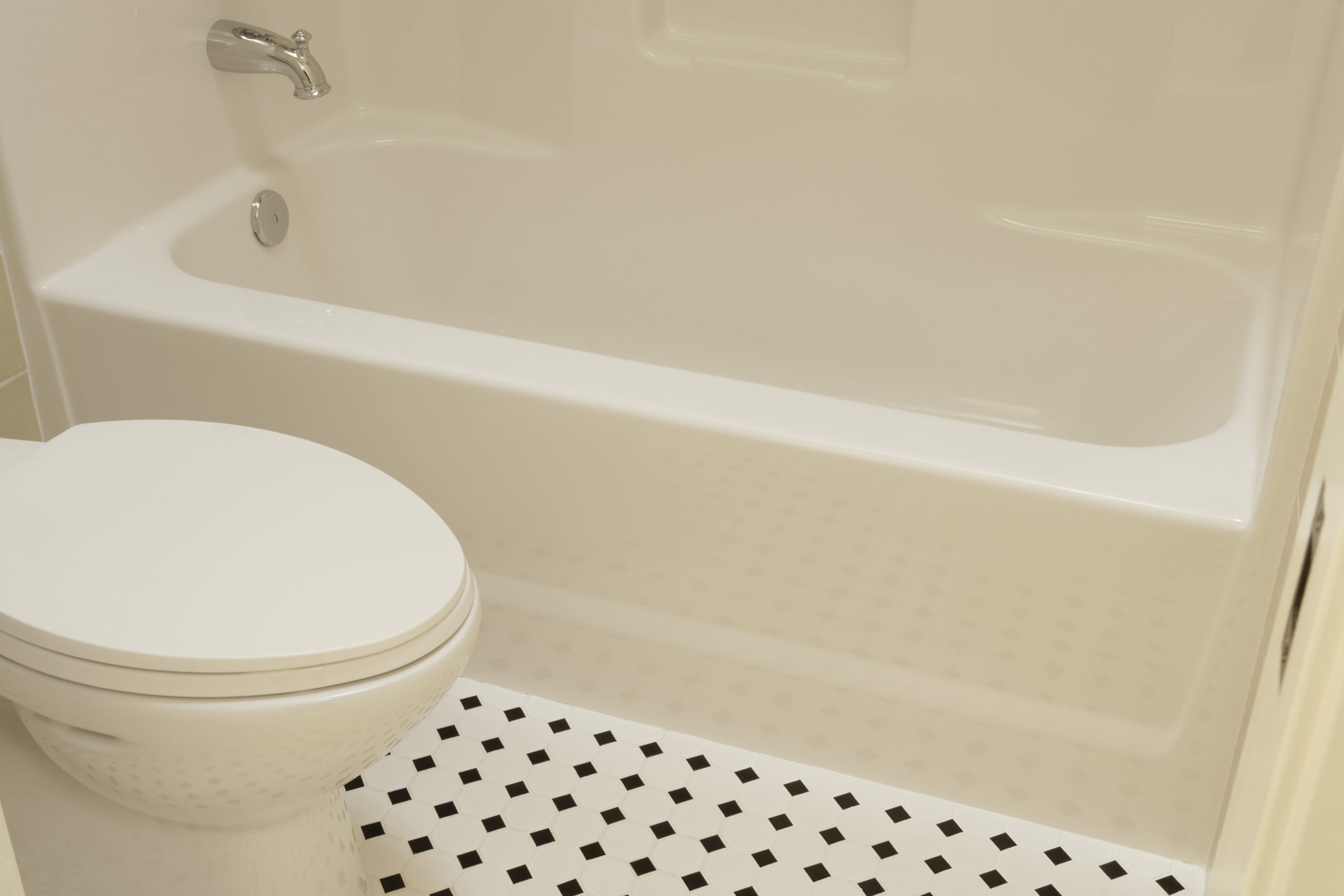
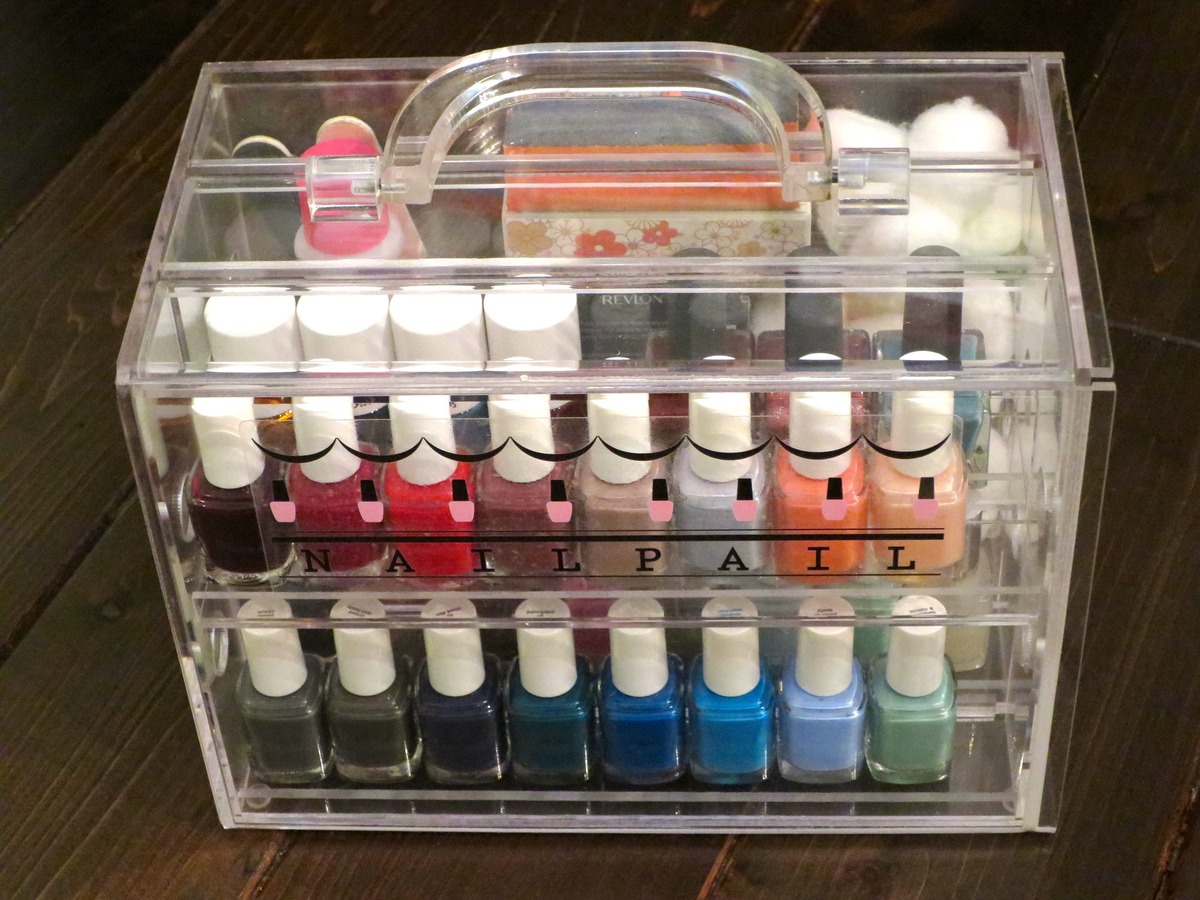
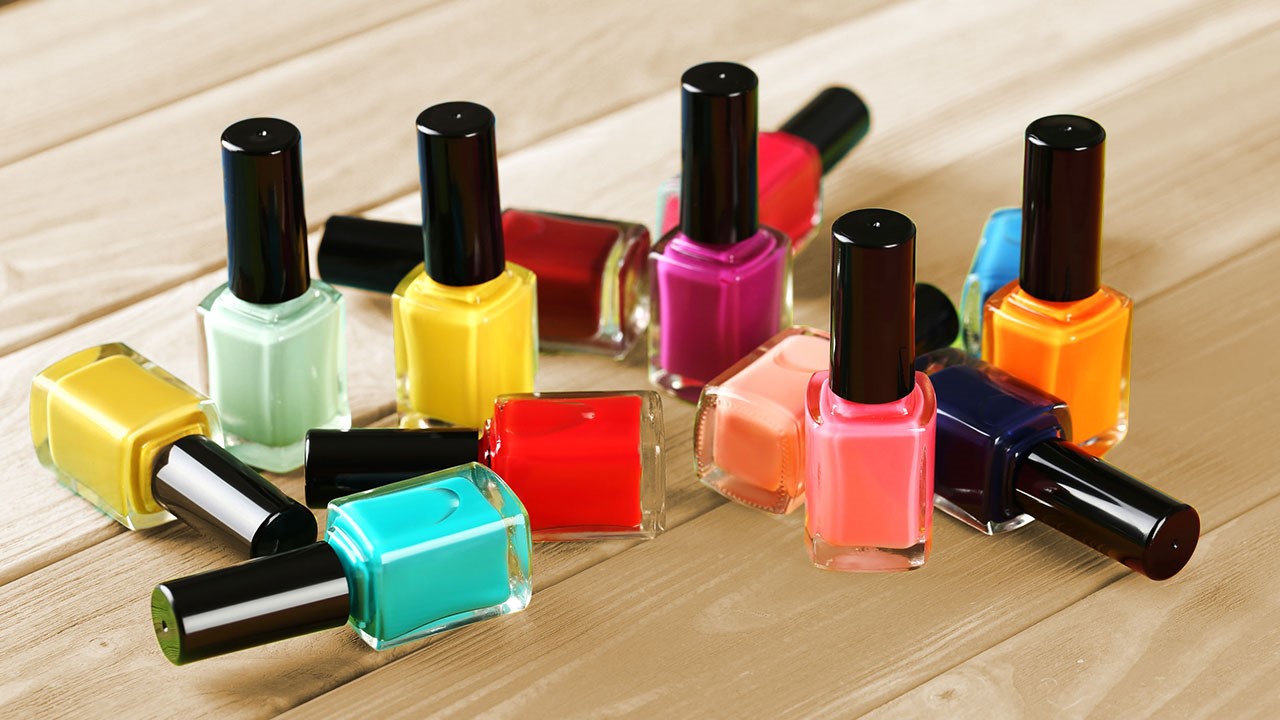
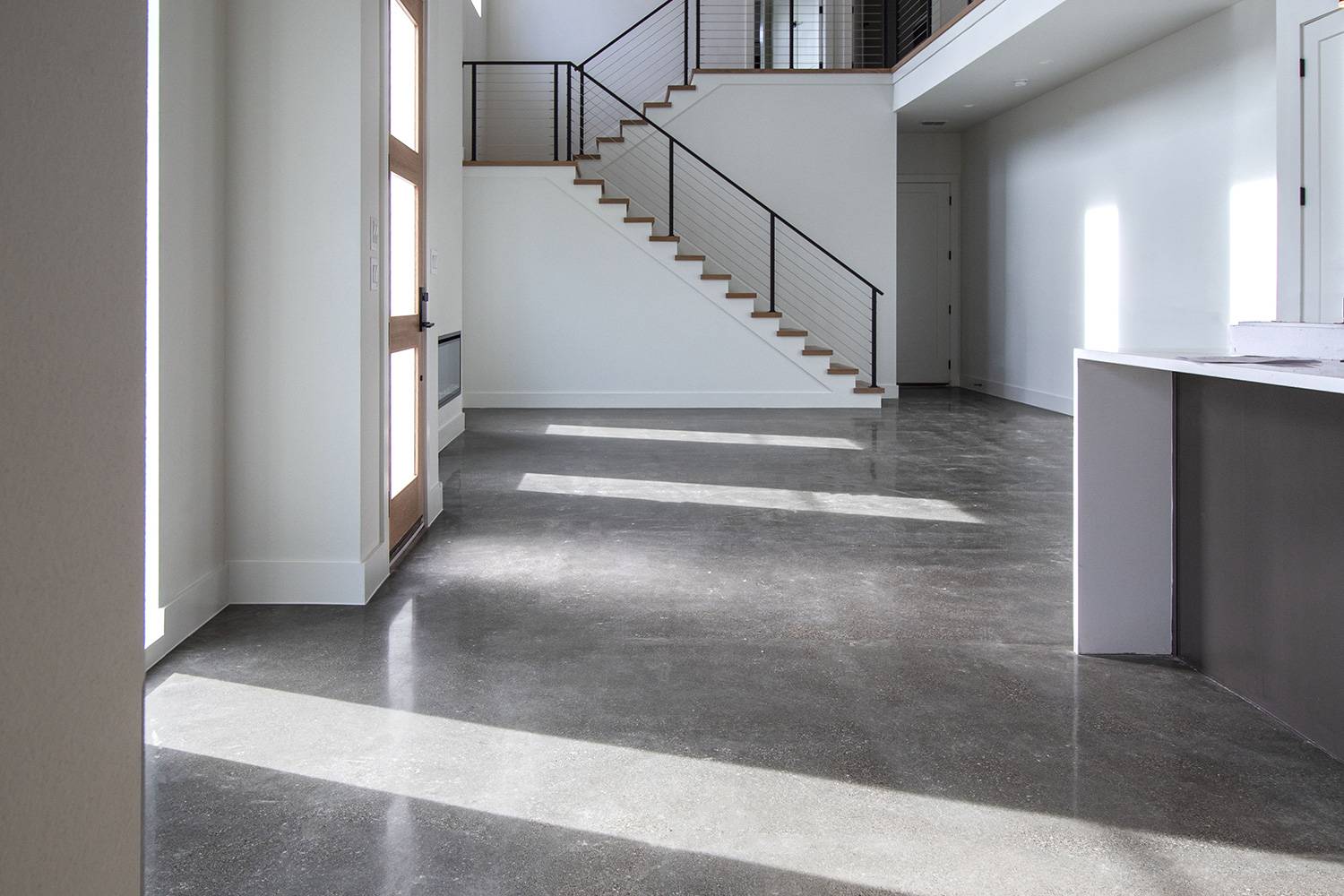
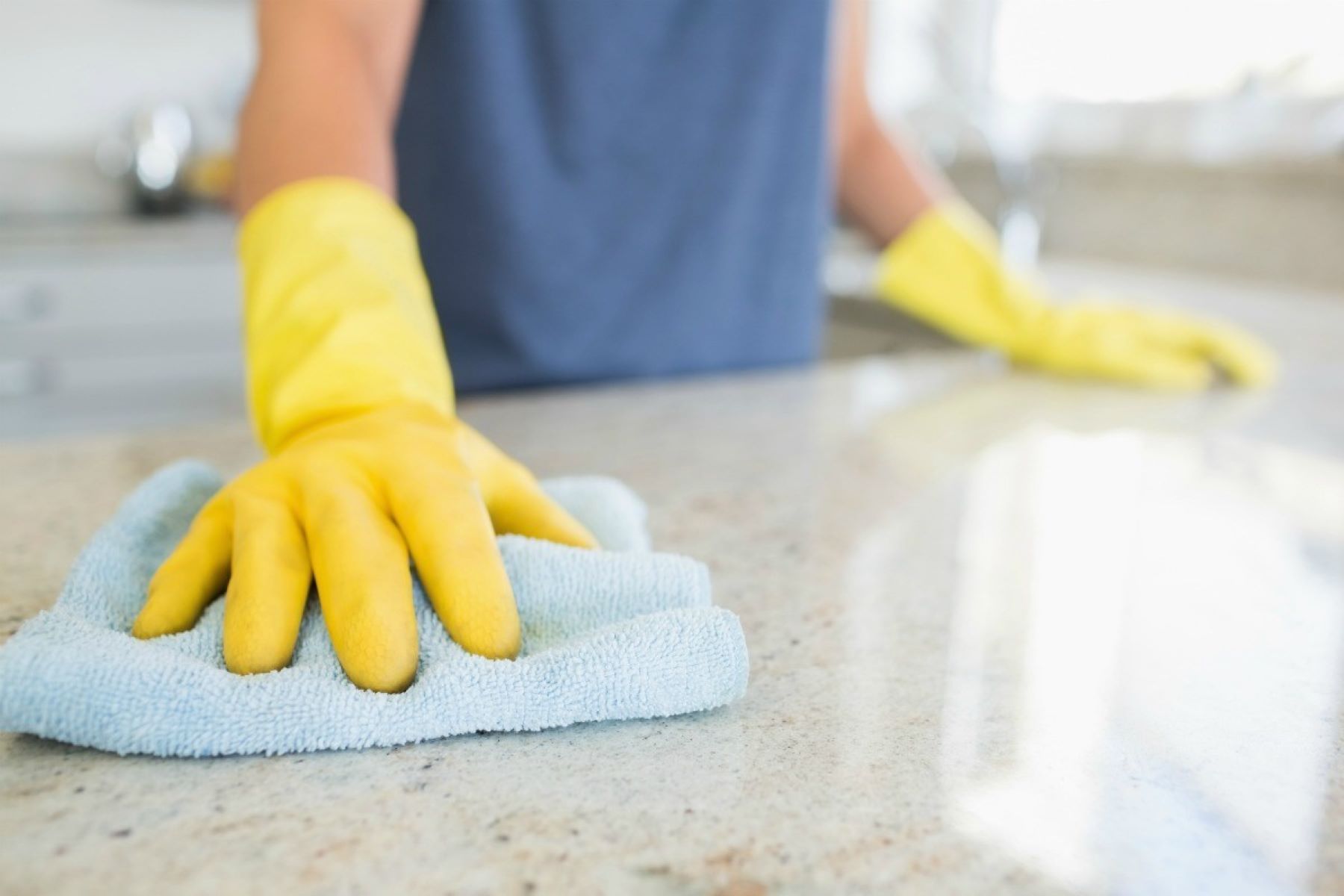
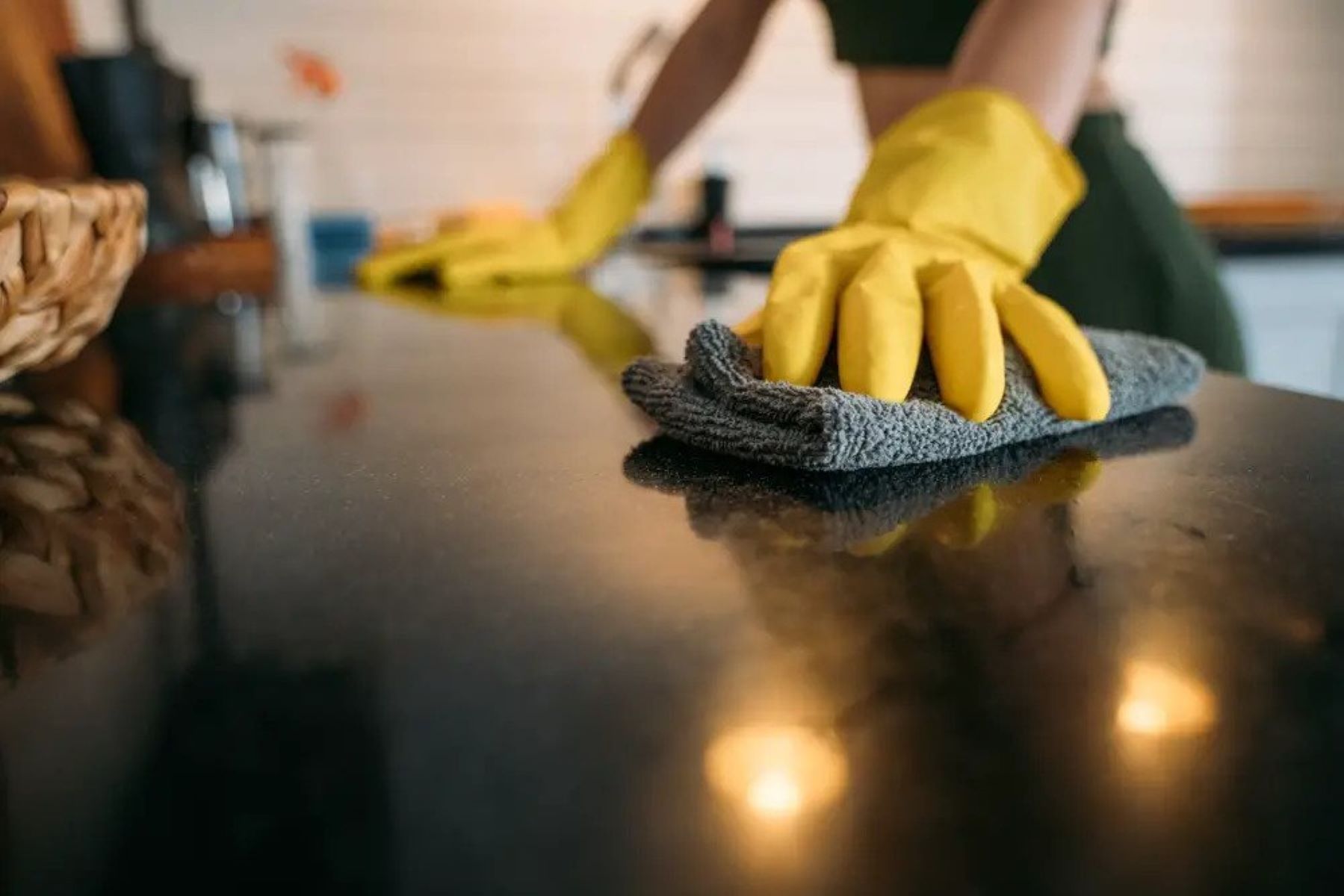
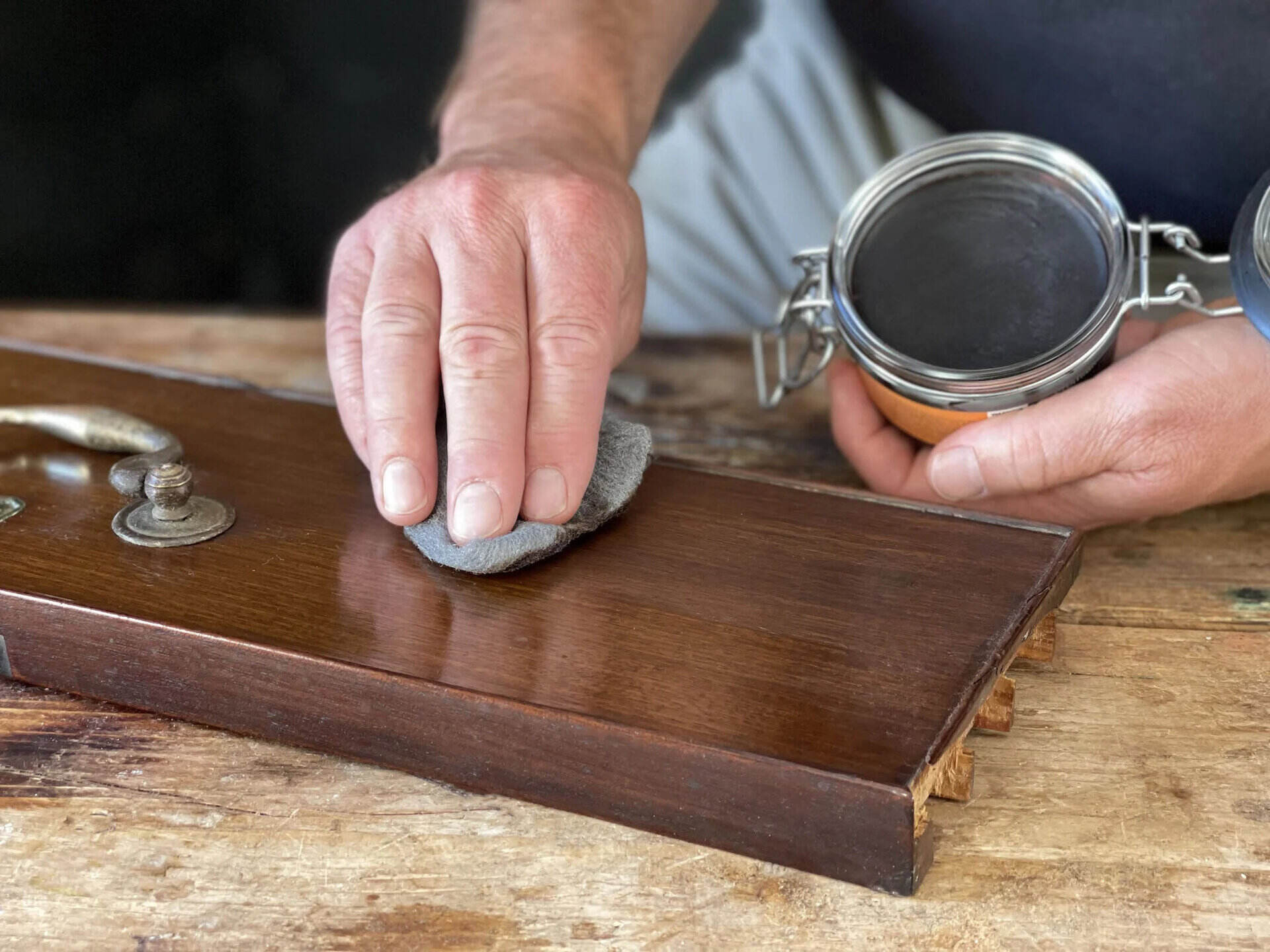
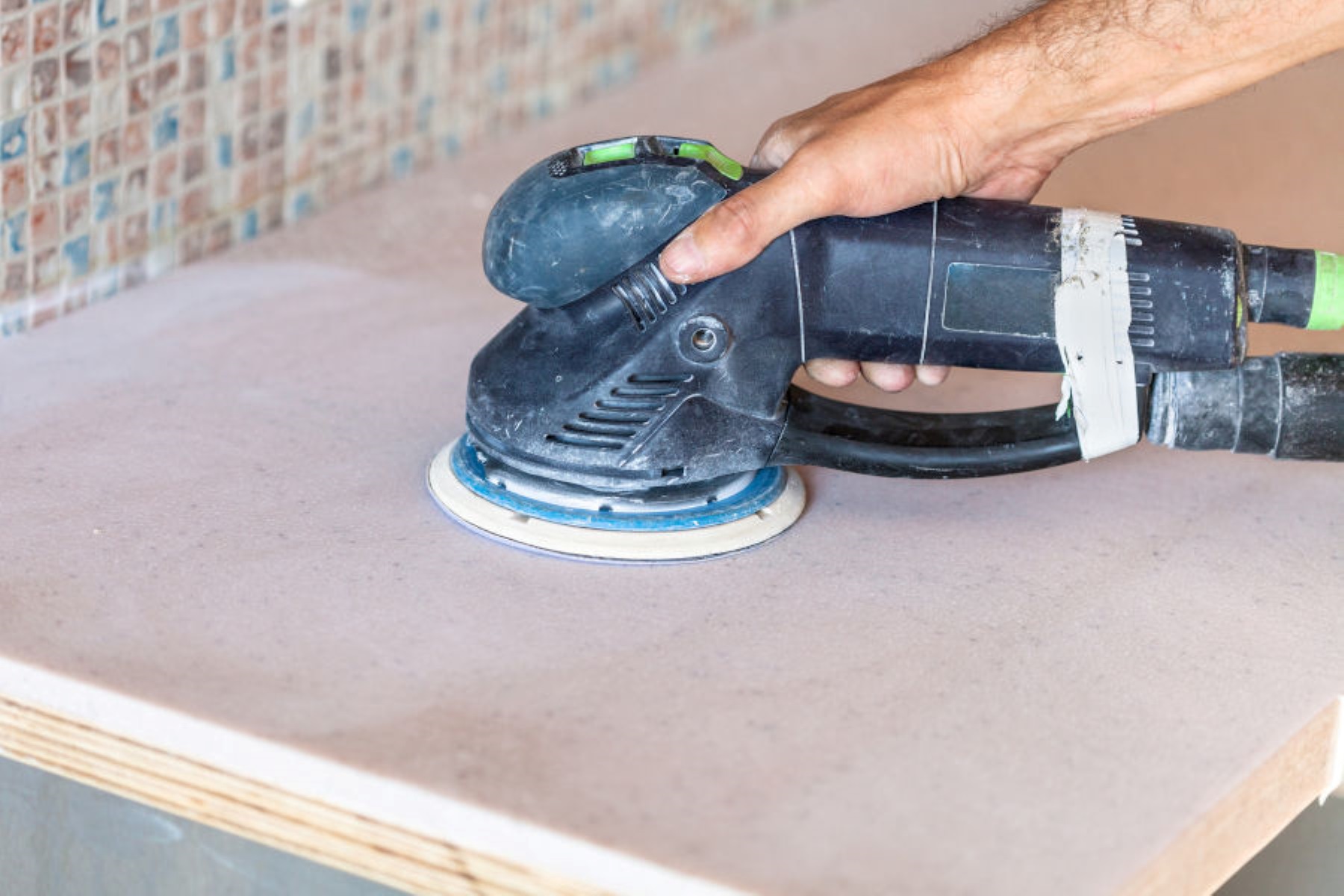
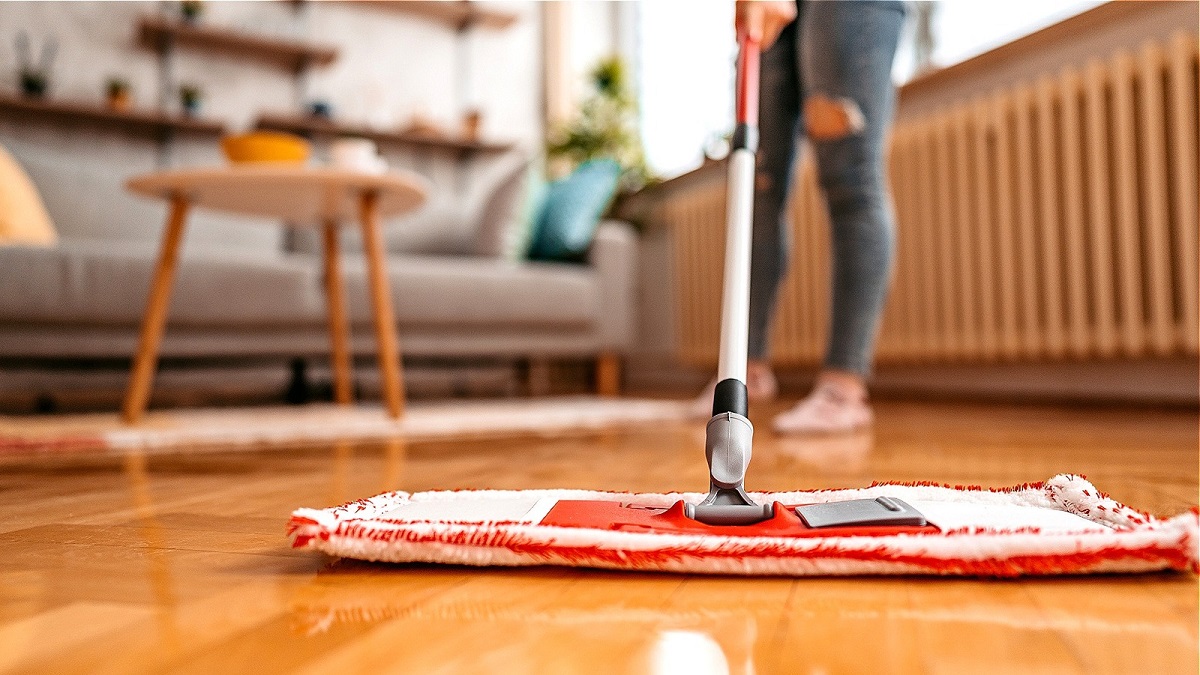
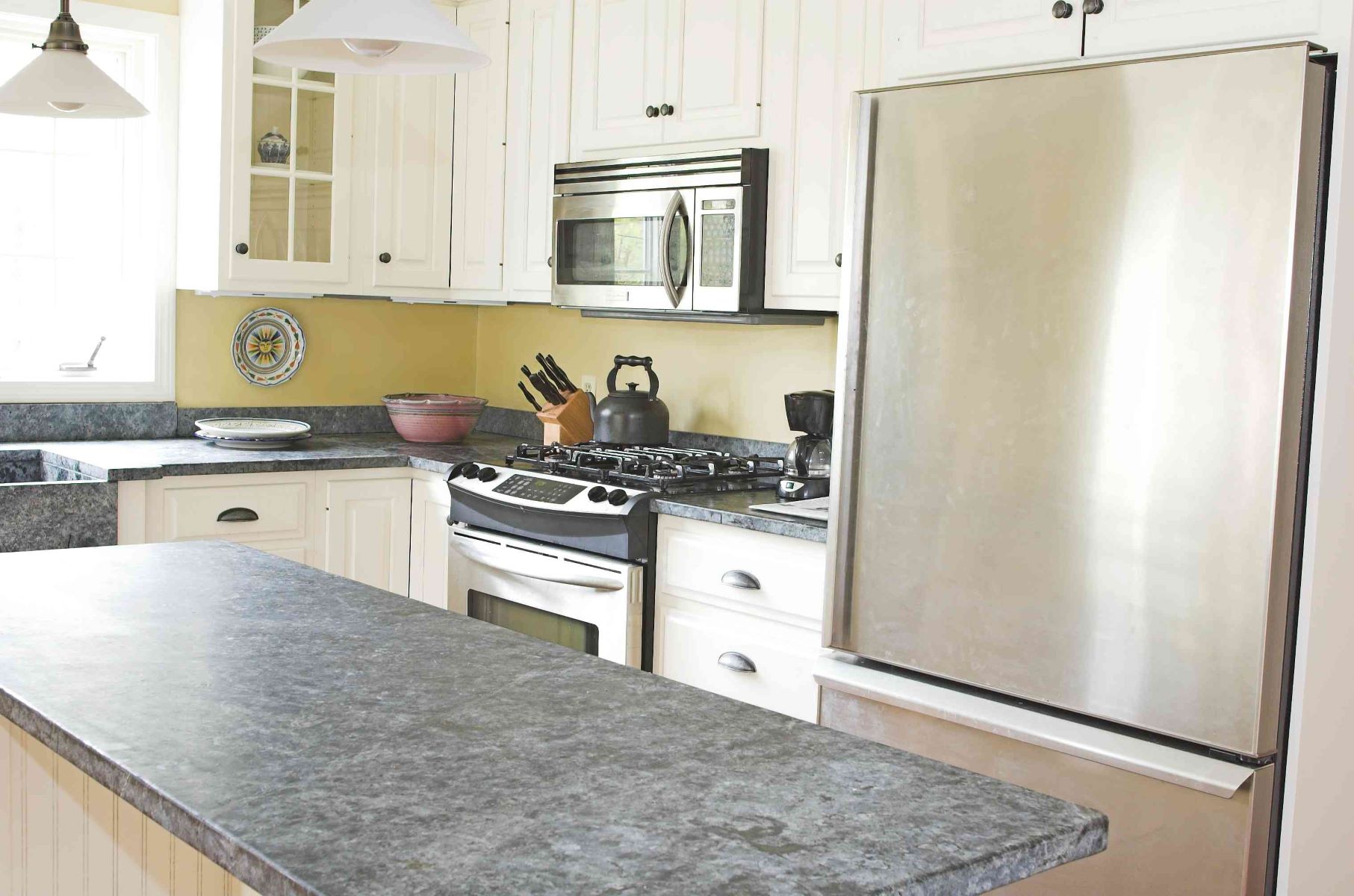
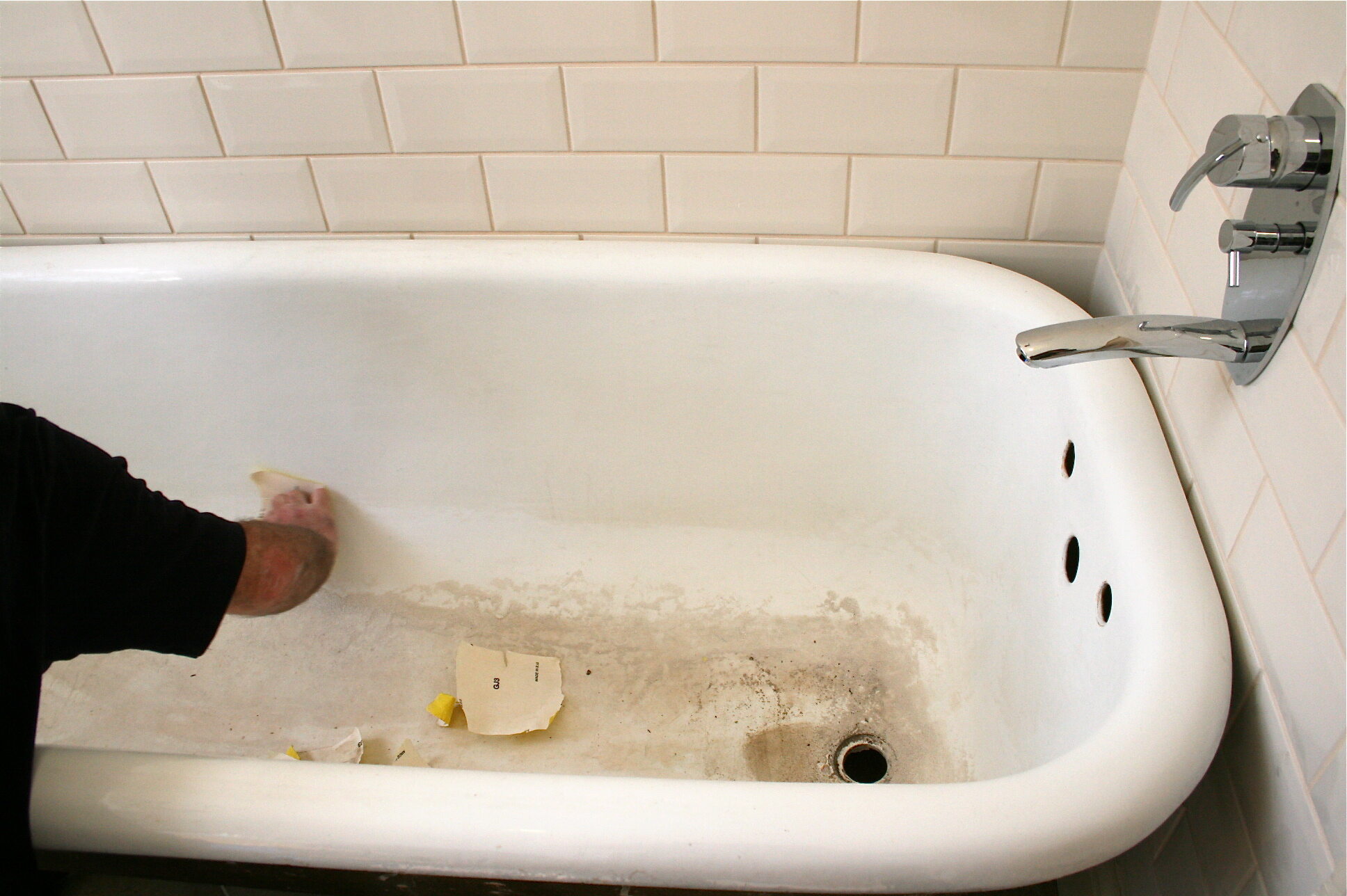
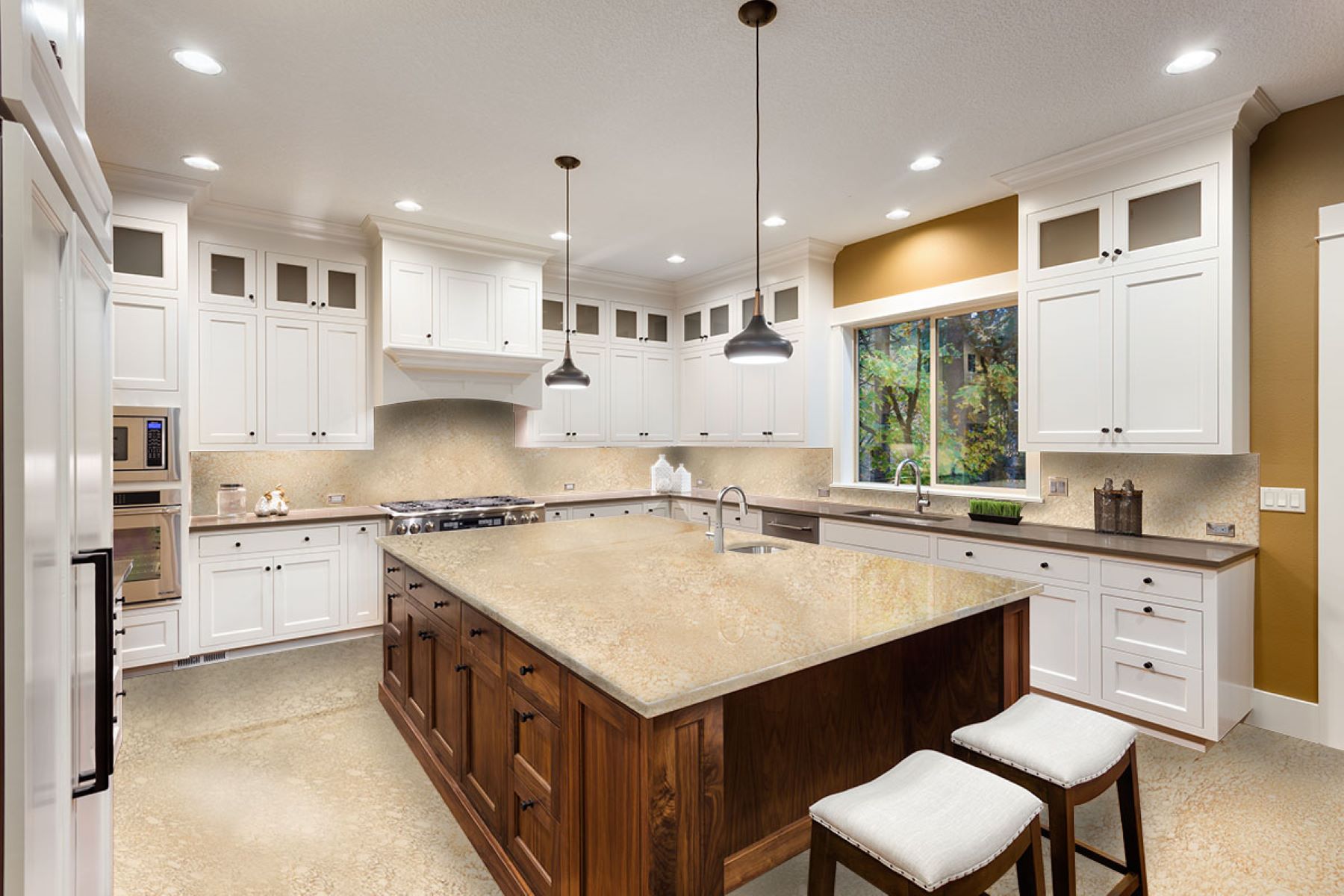

0 thoughts on “How To Polish Glass”